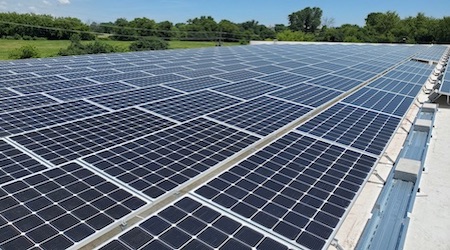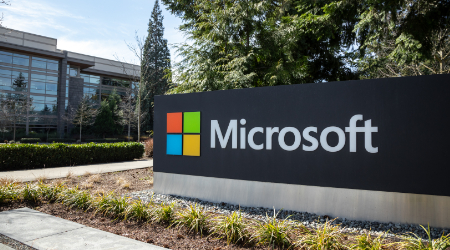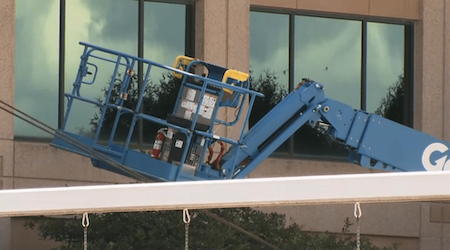
3 Best Practices for Going Solar
August 6, 2021
James Kim laid the groundwork for the Vernon Hills Park District’s move to solar power long before the switch was flipped in October 2020.
“I actually signed a petition in 2015 for legislators to get our representatives behind incentive programs and get the solar industry up and running,” says Kim, superintendent of parks for Vernon Hills, a suburb north of Chicago. “In 2017-18, things passed through the Illinois house and senate.”
Kim found a company to work with in Trane, got signatures and contracts for solar applications and found incentives such as the Adjustable Block Program in Illinois to help pay for the project, and was all set to install the panels. Then, the pandemic hit.
“We got the panels ordered, and then COVID hit. And we got shut down,” Kim says. “It’s unfortunate because last year was hot and dry in Chicago. We would have benefited greatly since we were shut down completely and not using a lot of electricity at our maintenance facility, but it happens.”
Initially, Kim wanted to equip three buildings with solar power, but in the end opted only for the 13,000 square foot maintenance building. Two bigger buildings, a community center and a fitness center, were bypassed because installing the panels was deemed too costly.
“The maintenance building was built in 2016, so the roof was only four years old at the time,” Kim says. “There were no obstructions on the roof, no rooftop units, and no trees covering it. The other two buildings had a lot of architecture (on the roofs) so efficiency on where the panels were going to be placed was not going to work.”
The solar installation provides 122 kWs of energy to the maintenance facility which has maintained a 15 percent reduction in electrical costs the last four years. The solar panels are projected to lower energy costs by another 5 percent. Since the pandemic created inflated prices for utilities, Kim says his team has yet to see the effect in the energy bills it hoped for, but he remains committed to solar for the long haul.
During the next two years, Vernon Hills will replace roofs on its two community centers, and they plan to add solar panels to both buildings when that happens.
As facility managers consider moving to solar energy, Kim offered up three bits of advice:
1. “Pay attention to what your state legislators are doing. Really focus on the environmental committees and what the environmental subcommittees are doing, and focus on them. Email them, call them, leave a message with assistants and see what they can do to provide funds. You’d be surprised. A lot of (politicians) want to do it but if their constituents don’t call them, why would they really push for something that no one is looking for?”
2. “Do your due diligence. If you are truly looking to do this, find a space, do the research, and figure out if there are issues to overcome. In one case, there was a gun range and lead all around.”
3. “Have a plan to send the information out to your community. And send results, not just the costs, but how it affects everyone in the area, and show the good benefits of the carbon emissions not going out into the atmosphere.”
Dave Lubach is managing editor, Facility Market.
Next
Read next on FacilitiesNet












